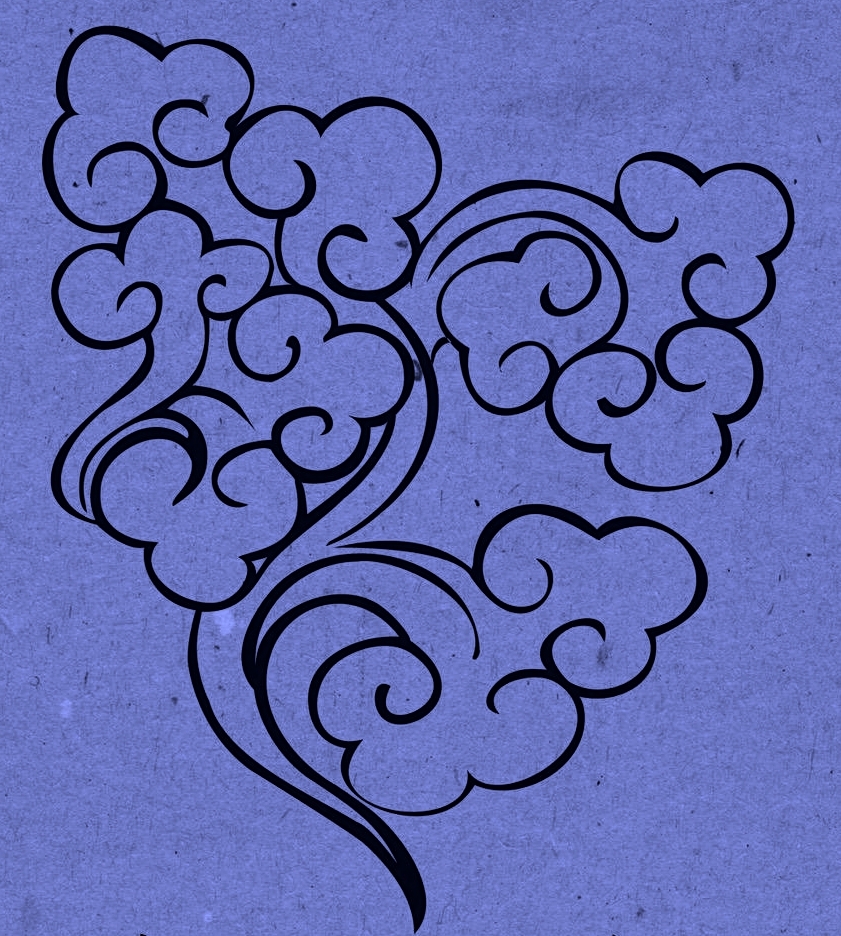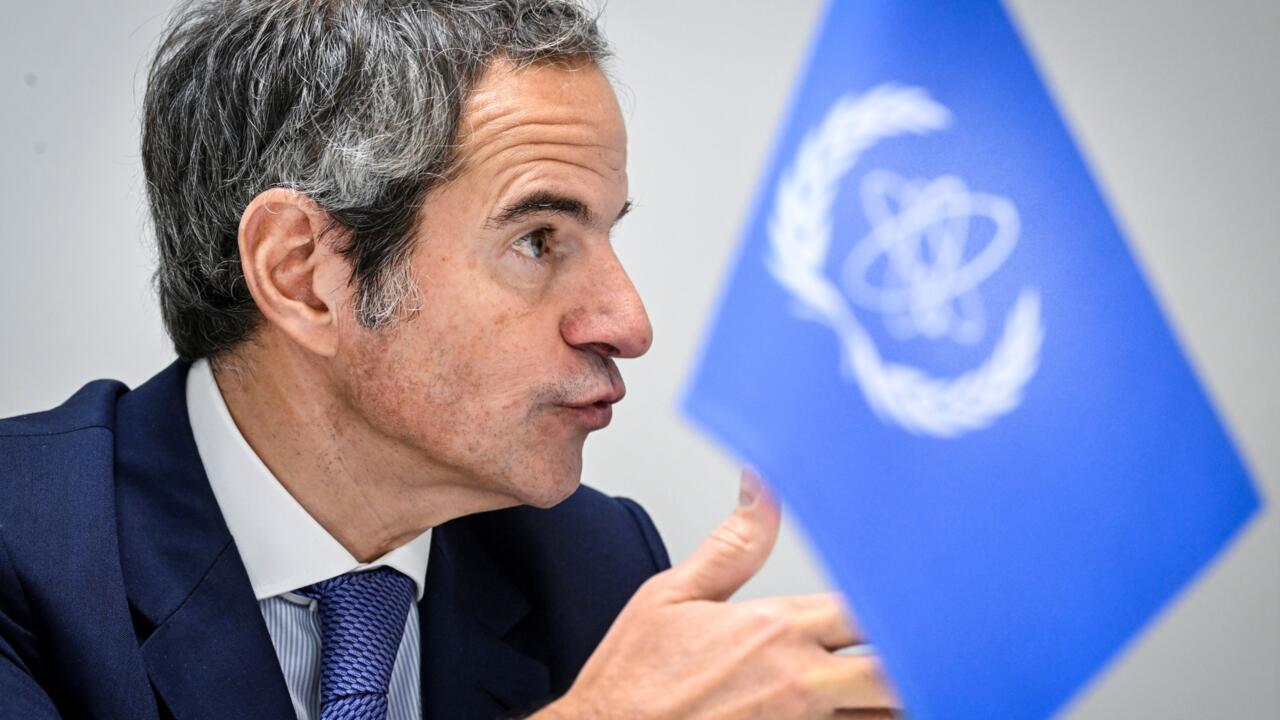His visit comes only two days after the defence minister of Iran’s nemesis Israel warned the Islamic republic was “more exposed than ever to strikes on its nuclear facilities”. Israel has long accused Iran of seeking to acquire nuclear weapons, a claim Tehran denies.
Grossi’s trip comes after Donald Trump – who pulled out of a hard-won nuclear deal with Iran negotiated under Barack Obama – was voted back into the White House. Trump said last week that he was not seeking to harm Iran and instead wanted its people to have “a very successful country”, while insisting “*they can’t have a nuclear weapon”.
In 2015, major world powers including the United States reached an agreement with Iran on its nuclear programme after 21 months of talks. The text provided for an easing of international sanctions on Iran in exchange for guarantees that it would not seek nuclear weapons.
The IAEA says Iran has considerably increased its reserves of enriched uranium to 60 percent, close to the 90 percent needed to develop an atomic bomb.
The foundations of Iran’s nuclear programme date back to the late 1950s, when the United States signed a civil cooperation agreement with then-Iranian Shah Mohammad Reza Pahlavi. In 1970, Iran ratified the Non-Proliferation Treaty (NPT), which requires signatory states to declare and place their nuclear materials under the IAEA control.
The parliamentarians called on supreme leader Ayatollah Ali Khamenei, who wields ultimate authority in Iran, to reconsider his long-standing religious edict or fatwa banning nuclear weapons.


